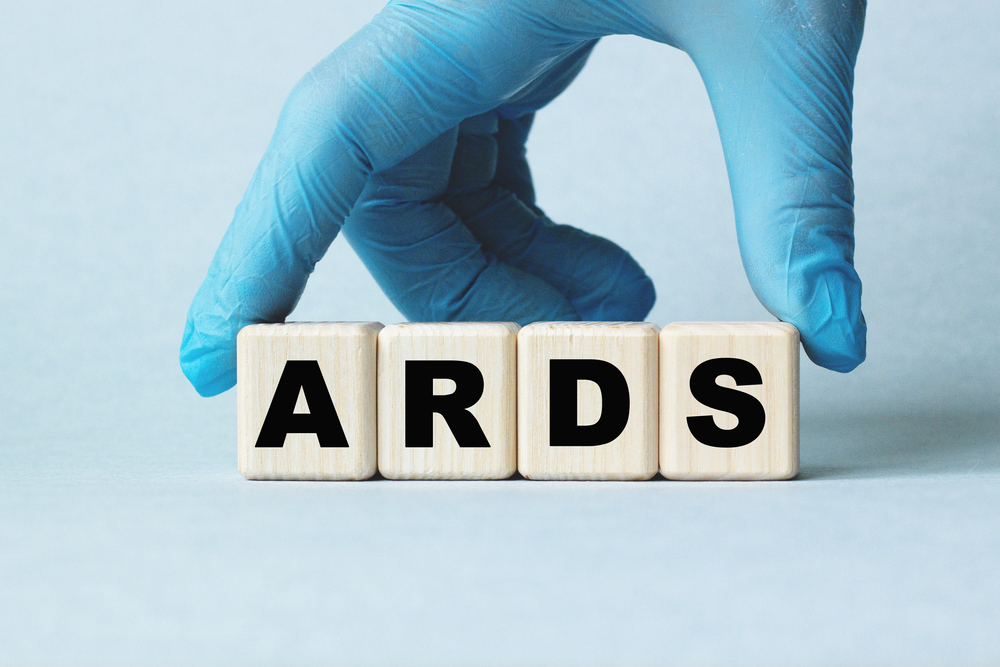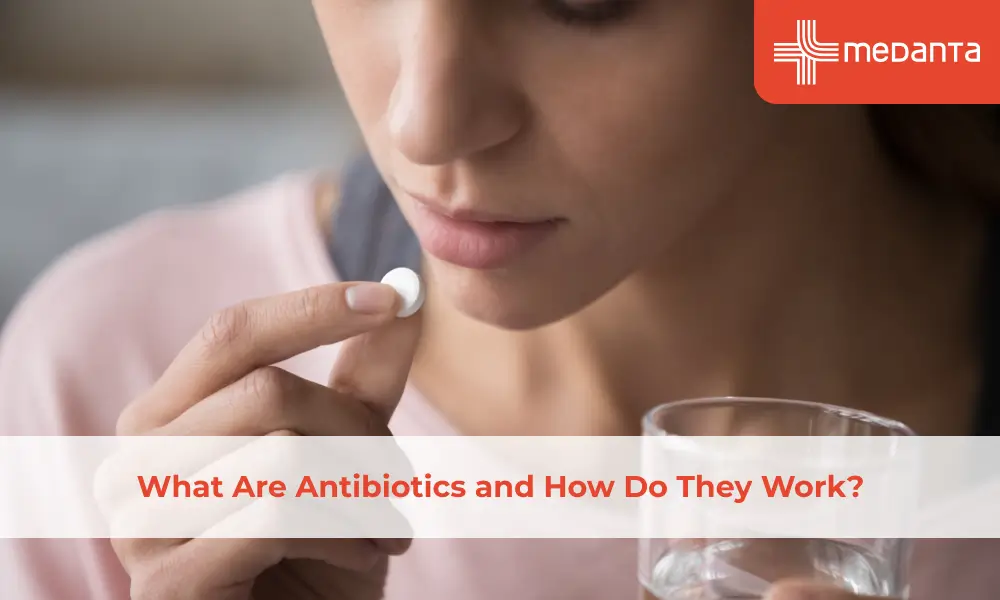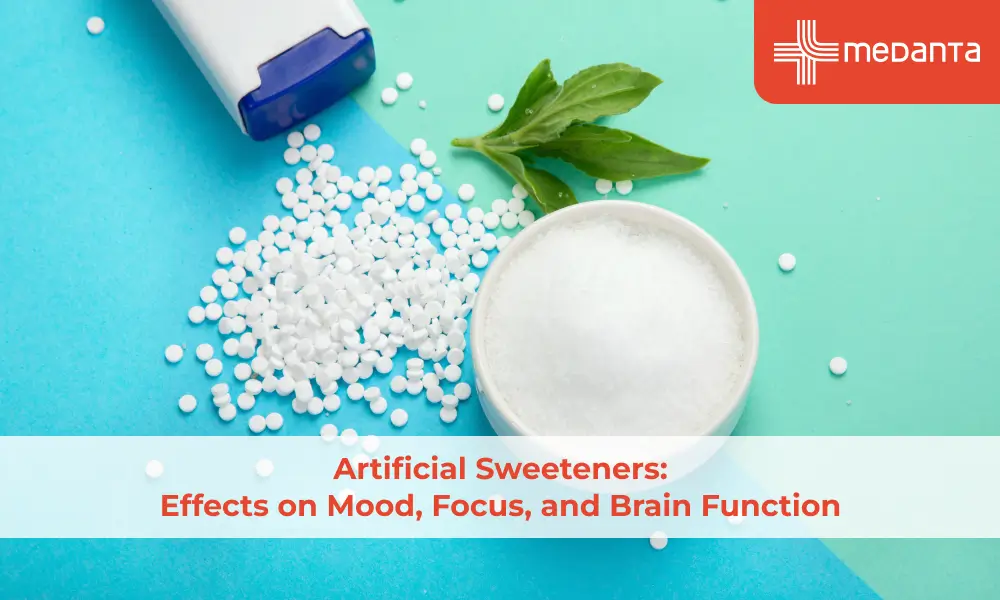Acute Respiratory Distress Syndrome (ARDS)

When you have acute respiratory distress syndrome (ARDS), fluid accumulates in your lungs, preventing oxygen from reaching your organs. Your lungs are unable to adequately fill with air because fluid leaks from tiny blood arteries and accumulates in tiny air sacs. As a result, your blood is unable to absorb the oxygen it needs to transport to the rest of your body. Organs like your kidneys or brain can malfunction or shut down. Sometimes life-threatening, ARDS can rapidly deteriorate. However, most people recover, and it is typically treatable. It's crucial to get diagnosed and treated quickly.
Causes
When fluids seep into the lung's air sacs from small lung capillaries, ARDS develops (alveoli). Oxygen levels in the blood drop when the barrier separating blood vessels and air sacs are damaged.
ARDS may be brought on by:
- Sepsis - A significant infection in the lungs (pneumonia) or other organs with extensive inflammation is the most typical cause of ARDS.
- Aspiration pneumonia - Stomach contents aspirating into the lungs can result in ARDS and severe lung damage.
- Pancreatitis (severe pancreatic inflammation) and extensive blood transfusions
- Major trauma and burns - Accidents and falls can cause direct lung damage or harm to other body organs that can lead to significant inflammation and injury to the lungs.
- Inhalational injury - breathing and being near smoke or vapors with high chemical concentrations.
- Drug overdose - an opioid overdose and a cocaine overdose
- The coronavirus (COVID-19) - COVID-19 infection has the potential to progress to severe ARDS.
Risk Factors
The majority of patients with ARDS are already in the hospital for another illness, and many are in serious condition. If you have a broad infection in your bloodstream, you are especially vulnerable (sepsis). ARDS is more likely to occur in people who have a history of chronic alcoholism. A more likely cause of death for them is ARDS.
Complications
- Blood clots - When you're on a ventilator and lying still in the hospital, you run a higher risk of getting blood clots, especially in the deep veins of your legs. If a blood clot develops in your leg, it may fragment and go to one or both of your lungs, where it might obstruct blood flow (pulmonary embolism).
- Collapsed lung (pneumothorax) - A breathing apparatus called a ventilator is typically used in ARDS cases to raise oxygen levels in the body and push fluid out of the lungs. However, the ventilator's pressure and air volume can drive gas to pass through a tiny hole in a lung's very outer layer, leading to the collapse of that lung.
- Infections - It is significantly simpler for germs to infect and further harm your lungs because the ventilator is directly connected to a tube implanted in your windpipe.
- Scarring (pulmonary fibrosis) - Within a few weeks of the commencement of ARDS, scarring and thickening of the tissue between the air sacs might happen. As a result, your lungs become more rigid, which makes it more challenging for oxygen to enter your circulation through the air sacs.
Symptoms
Your lungs are under a lot of stress from ARDS. These signs include:
- Cough
- Fever
- Breathing difficulty
- Reduced blood pressure
- Uncommonly rapid breathing
- Rapid heart rate
- Ache in the chest, especially while inhaling deeply
- Weariness and confusion
- Blue lips or nails due to low blood oxygen levels
- Dizziness
Diagnosis
- Measurement of lung fluids using a chest X-ray and a blood test to measure blood oxygen levels would assist assess how severe ARDS is.
- Heart function can be assessed via an echocardiogram or heart ultrasound.
When ARDS symptoms and indications are present, additional testing may be necessary to rule out causes that are similar to ARDS.
- To obtain comprehensive data regarding the lungs, a computed tomography (CT scan) may be performed.






